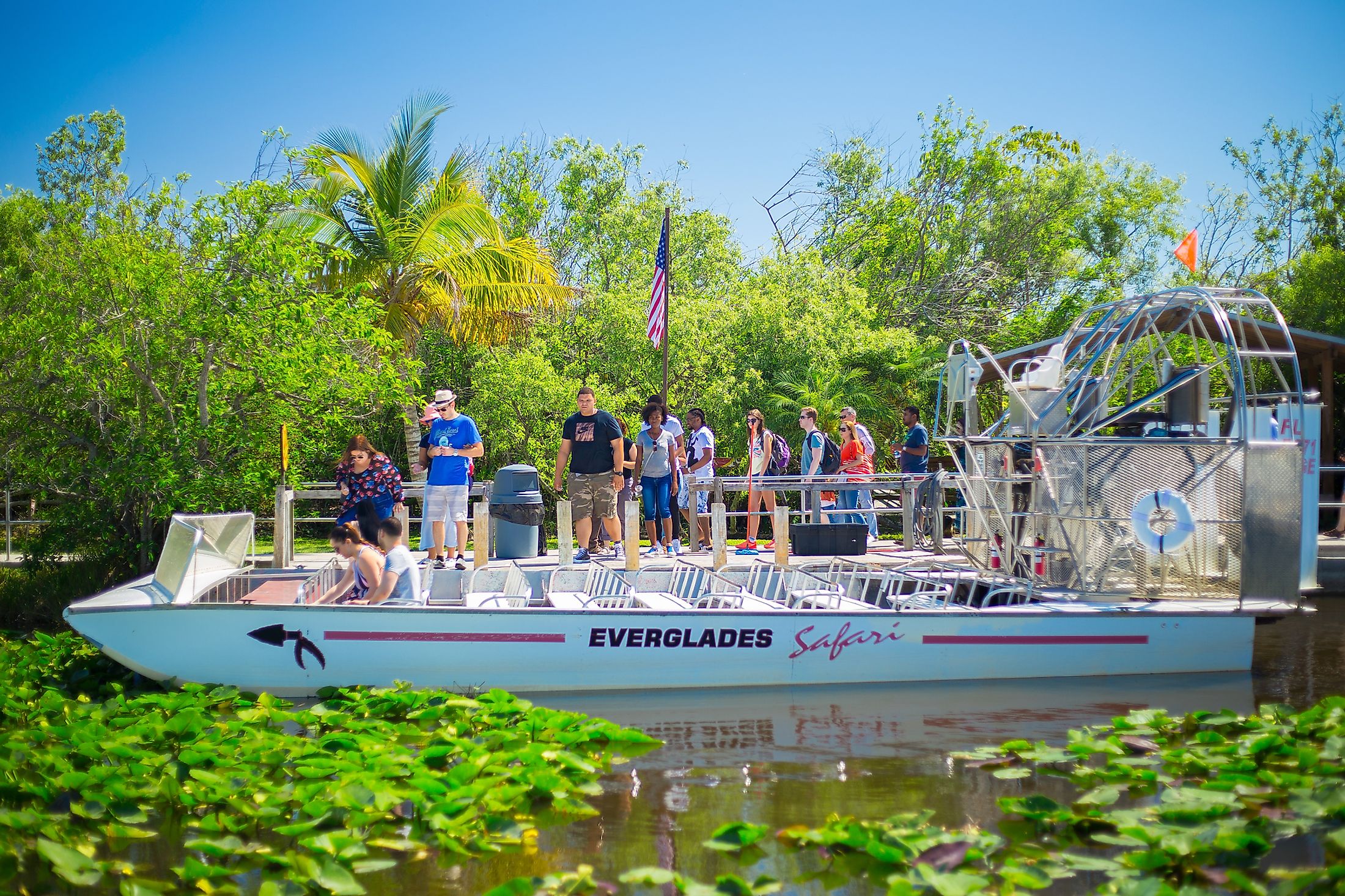
Everglades
The Everglades is a unique and complex wetland ecosystem comprising a vast, intricate network of forests and tropical wetlands spread across the southern portion of the US State of Florida. The swampy Everglades is considered the largest surviving subtropical wilderness in the United States. The Everglades region is fed by the Kissimmee River that discharges into Lake Okeechobee. During the wet season, the Lake Okeechobee overflows and releases the water into a very slow-moving 160km long river that is dominated by sawgrass marsh. The river flows southward and passes through diverse habitats, eventually draining into Florida Bay. The Everglades region suffered much habitat loss and environmental degradation throughout the 20th century.
Geography Of Everglades
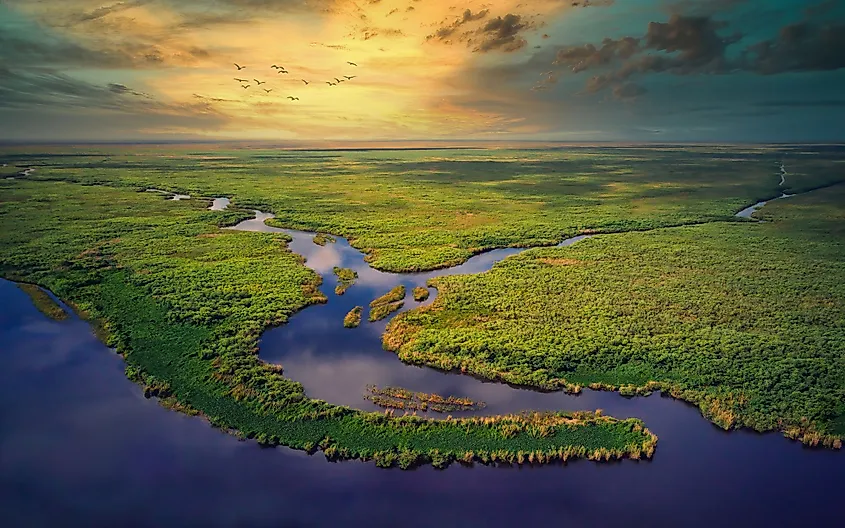
The name “Everglades” is unique to the Florida region, where the term ‘glade’ refers to the open, grassy area, and the word ‘ever’ refers to the marsh’s large expanse. The Everglades occupies a shallow limestone substrate, and a significant portion of the area is occupied by saw grass that grows to a height of only 1.2 to 3 m. The slight changes in the salt content of the water and the land’s elevation have led to the creation of different habitats, including sawgrass marshes, freshwater sloughs, wet prairies, tropical hardwood hammocks, pinelands, cypress swamps, mangrove, coastal prairie, and Florida Bay estuary. The soil deposits of the Everglades basin have also revealed accumulations of peat and muck, which have a thickness of up to 2.4 to 3m close to Lake Okeechobee.
Climate
According to the Köppen climate classification, the climate of the Everglades is in the transition zone between tropical and subtropical climates. The region’s climate is also strongly influenced by the southeast trade winds. The monthly average temperature ranges between 18° to 28°C. The area receives rainfall mostly between May to October that averages about 1000 to 1650mm per year. The Everglades region also faces tropical storms at least once a year and major hurricanes about once every ten years.
Ecology Of Everglades
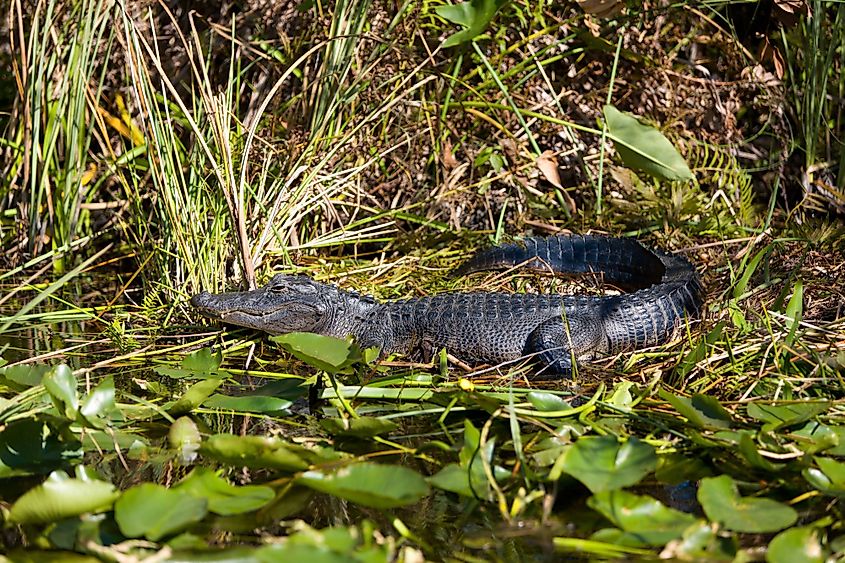
Covering an area of 6,106.6 sq. km, the Everglades National Park supports many notable floral and faunal species that are unique to the Everglades region and are not found anywhere else on earth. Several studies have reported that the Everglades National Park hosts about 36 threatened species, 40 mammalian species, 350 avian species, 50 reptilian species, and 300 fish species.
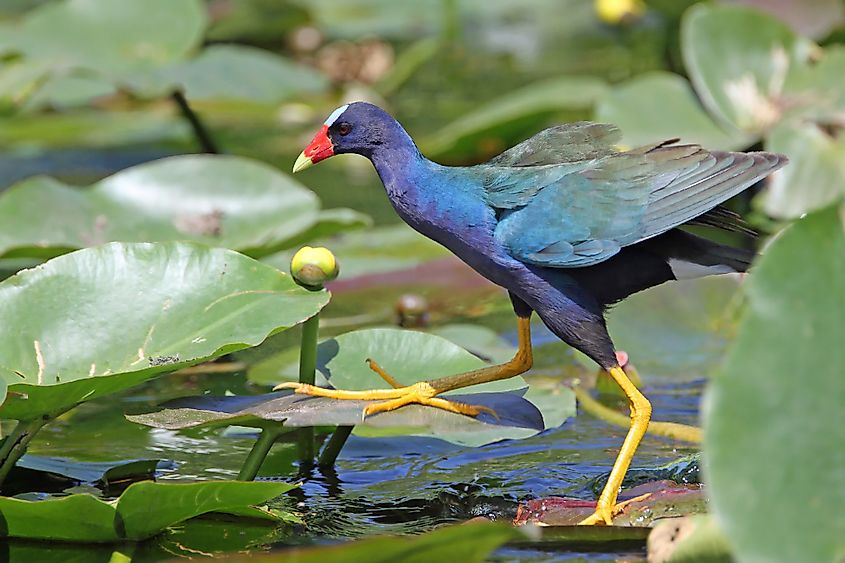
In addition to this, many invertebrate fauna are also found in the Everglades region. Some of the notable species found in the Everglades include Florida Panther, American Alligator, Eastern Indigo Snake, West Indian Manatee, White-Tailed Deer, Cape Sable seaside sparrow, Tree Snail, American green tree frog, etc.
Brief History Of Everglades
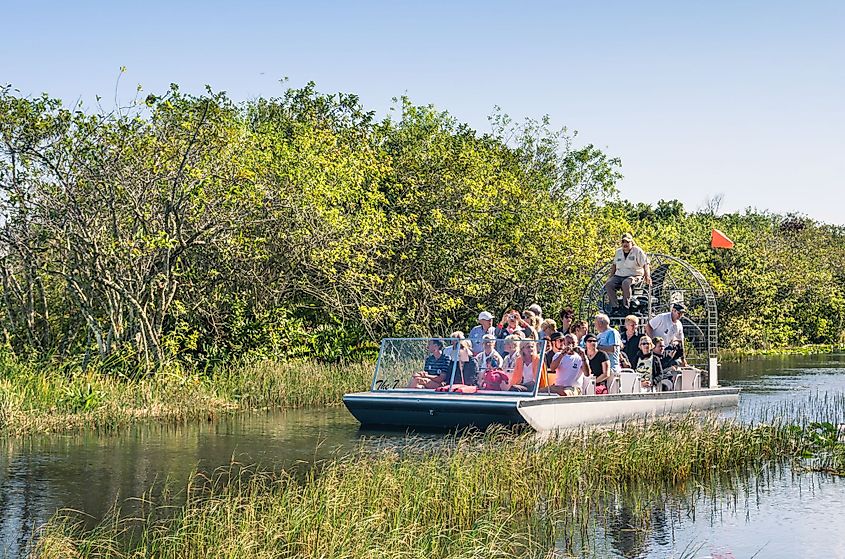
It is believed that about 15,000 years ago, humans first arrived in the Florida Peninsula. The Paleo-Indians slowly adapted to the region’s climatic conditions and, in due course, were referred to as the Archaic people. Two major tribes, the Calusa and Tequesta, emerged from these Archaic people. In 1513, the Spanish explorer Juan Ponce de Leon became the first European to have met the indigenous people of the Everglades region. After decimating the Calusa and the Tequesta tribes, the Everglades region was settled by the Seminole and Miccosukee Indians.
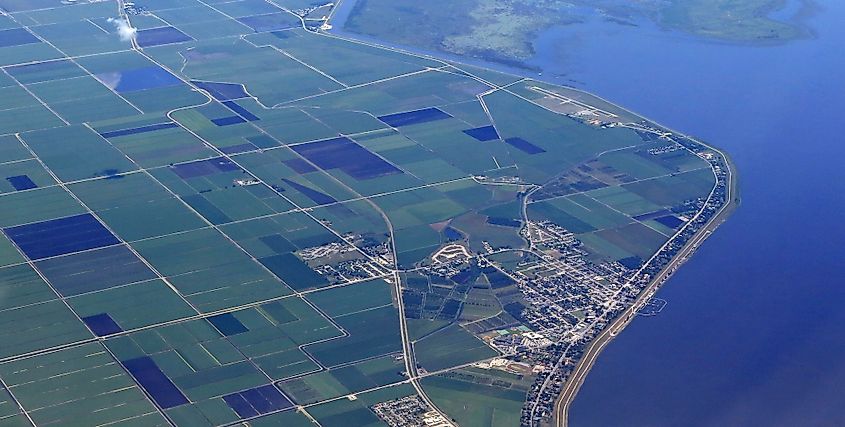
In 1892, the area was explored by a survey team led by the railroad executive James Edmundson Ingraham. Nevertheless, the early settlers thought of the Everglades region as a “worthless swamp.” So, in the latter part of the 19th century, the land developers dug canals to drain the area and convert the land for agricultural use. A dredged waterway was built between Lake Okeechobee and the Gulf of Mexico to allow steamboat traffic in the region. A railroad was also constructed down the Florida Peninsula that further opened up the area for the settlers. By 1920, many visitors flocked to the towns, and canals, roads, and buildings soon replaced the native habitats.
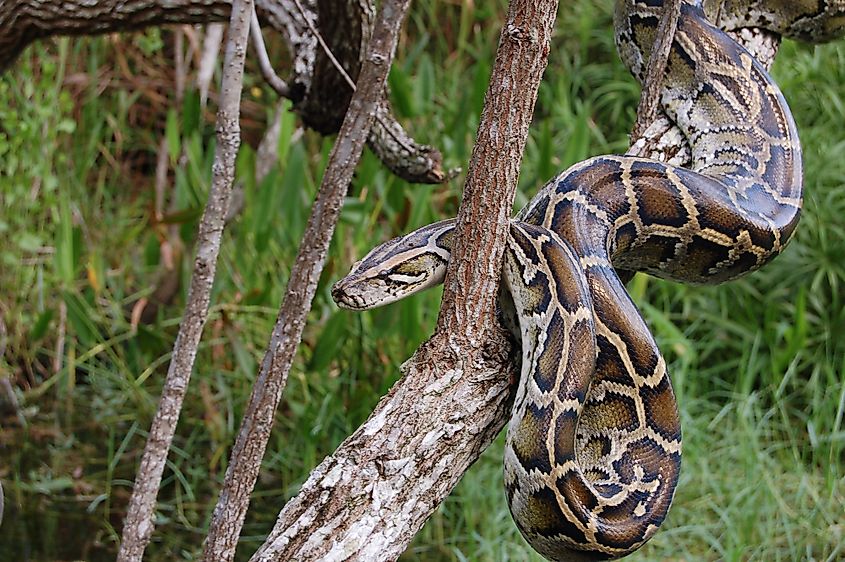
However, with the introduction of invasive species and increased population, the Everglades region suffered from habitat and environmental degradation. At present, more than half of the original Everglades have been destroyed. The Everglades National Park was established to protect about 20% of the original Floridian Everglades ecosystem. In 1976, UNESCO designated the Everglades National Park and the Dry Tortugas National Park as an International Biosphere Reserve. In 1979, the Everglades National Park was listed as a World Heritage Site and a Wetland of International Importance in 1987.











